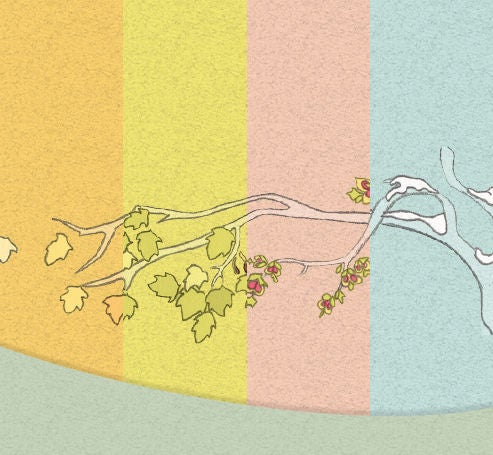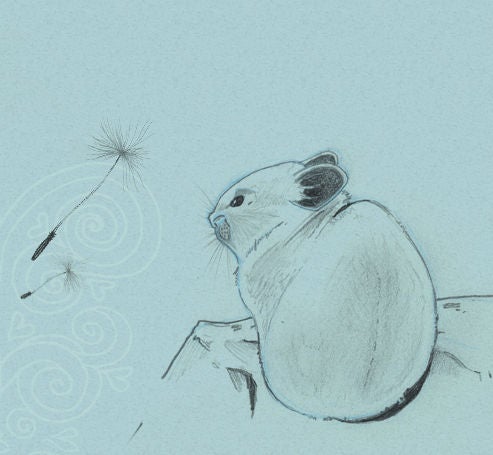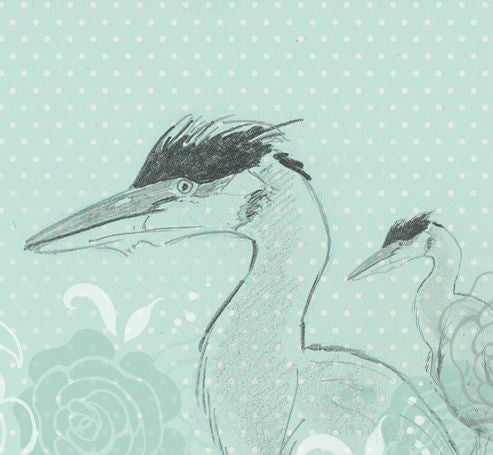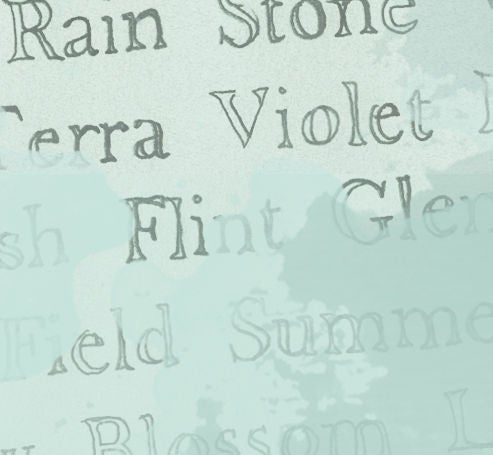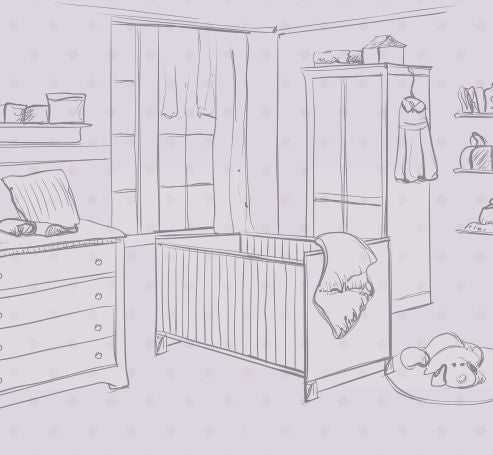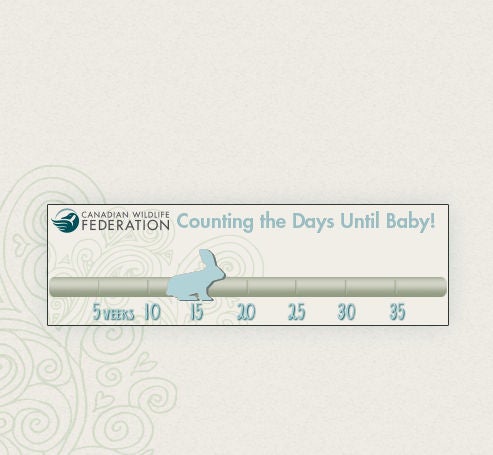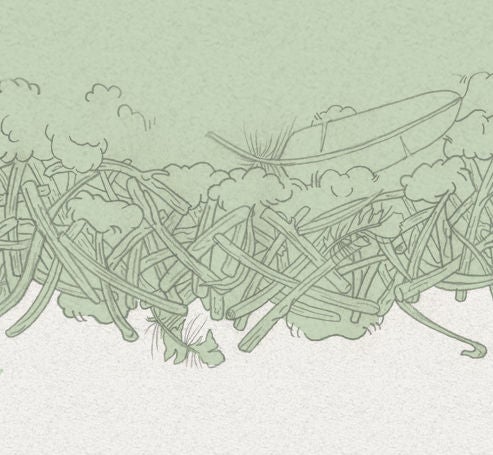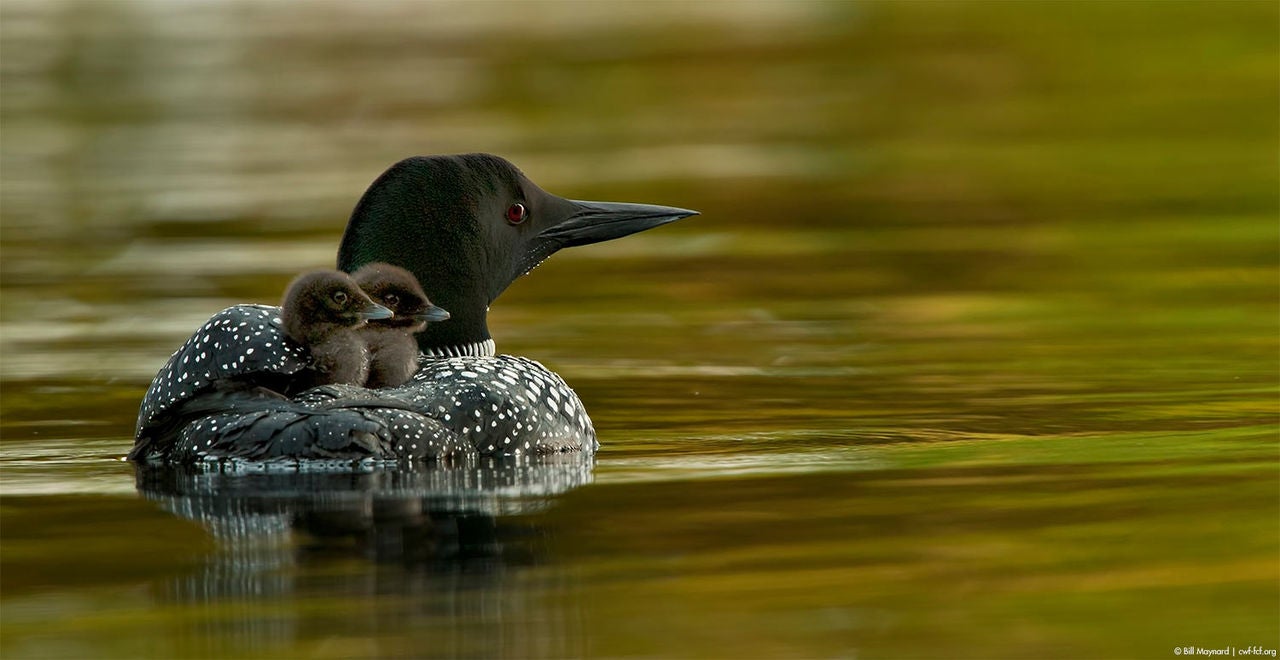Wonderful Ways to Keep Nature in Mind for Your Nursery!
Are you ready to tackle the nursery? Designing a calm and beautiful nursery might seem a little daunting, but we’re here to help! Wouldn’t it be wonderful to infuse your little one’s nursery with the values you hope they will hold dear as they grow?
Go Green, Baby
There are plenty of ways you can make the nursery eco-friendly. Why not put organic swaddle blankets and bedding on your baby registry? Pick up non-toxic wall stickers to adorn the room. Use green laundry detergents on all the baby clothing you’ve been collecting. And when it’s time to paint the baby’s room, choose no- or low- volatile organic compound (VOC) paint.
Go With a Canadian Animal Theme
Forget trucks and robots. Ditch hot air balloons and fairy tales. Try an animal theme that will foster a love for the outdoors in your child. We’ve created a ton of nature-inspired nurseries on Pinterest for you. Check out:
- This woodland wonder
- A nursery with chill factor
- This sing-song space
- A nursery with buzz
- This seascape solace
There are so many more nature-inspired nurseries for you to choose from over on the Canadian Wildlife Federation’s Pinterest page. Take a gander and have fun!
Permission to Nest!
WINTER
: You’re not the only one in nesting mode! The wildlife that stays through the winter months will need all the shelter they can get. Does your property have evergreen trees or shrubs to protect birds and small mammals from cold winds? If not, build a brush pile for wildlife in your neck of the woods. You might also consider building a winter bird roost to give birds enough shelter when temperatures plunge.
SPRING
You’re not the only one in nesting mode! The birds in your backyard are on the lookout for materials to build their nests. You can help by stuffing an old mesh onion bag with nesting materials like hair, wool, bits of fabric and thread, and more. Don’t forget to put up nesting boxes around your property so you can see your feathered friends hard at work. And don’t be afraid to plan ahead for winter by growing evergreen trees or shrubs in your garden to shield birds and small mammals from cold winds.
SUMMER
You’re not the only one in nesting mode! During the summer, bats like to roost to stay safe from predators. They usually opt to roost in large trees but over the last century these big trees are harder find, and they’ve had to resort to roosting in attics and barns. You can help give these endangered mammals a spot to rest for the summer by installing a bat house on your property. Once it’s in place, register your bat box and then monitor it throughout the season to keep track of any bat activity.
AUTUMN
You’re not the only one in nesting mode! The wildlife that stays through the winter months will need all the shelter they can get. Does your property have evergreen trees or shrubs to protect birds and small mammals from the cold winds ahead? If not, build a brush pile for wildlife in your neck of the woods. You might also consider building a winter bird roost to give birds enough shelter when temperatures plunge.
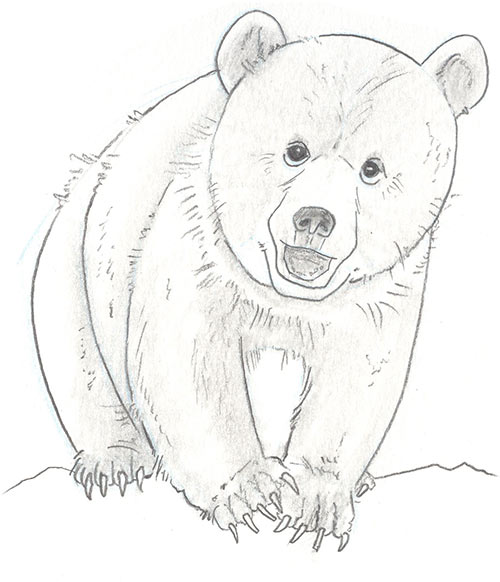 If you were a grizzly bear, you could have already delivered your baby!
If you were a grizzly bear, you could have already delivered your baby!
The gestation period for grizzly bears is between 180 and 270 days! Females give birth to one to four cubs in their winter den (usually during January or February). Since they are so small and vulnerable at birth, they’ll stay in their dens until the cubs are bigger, emerging in early May.
- 0
- 1
- 2
- 3
- 4
- 5
- 6

